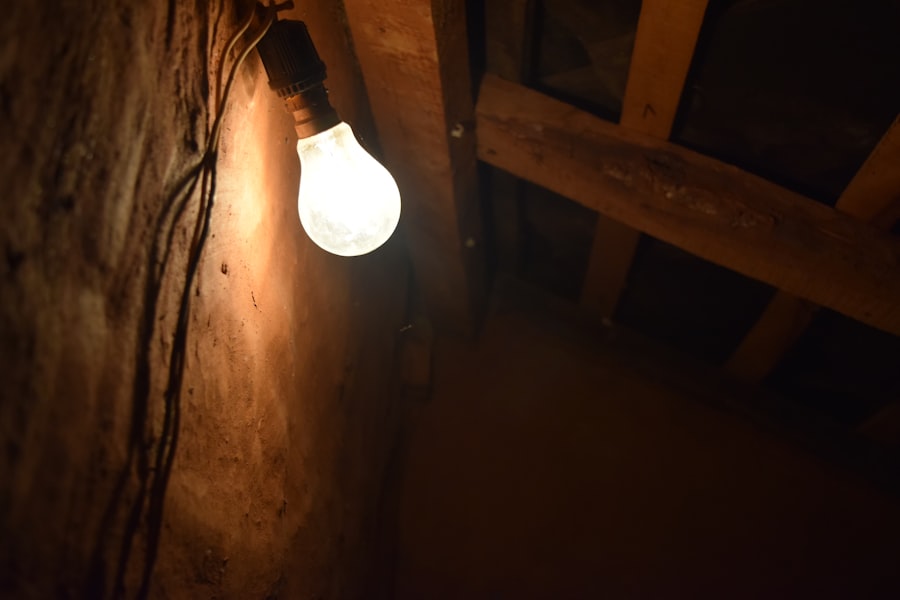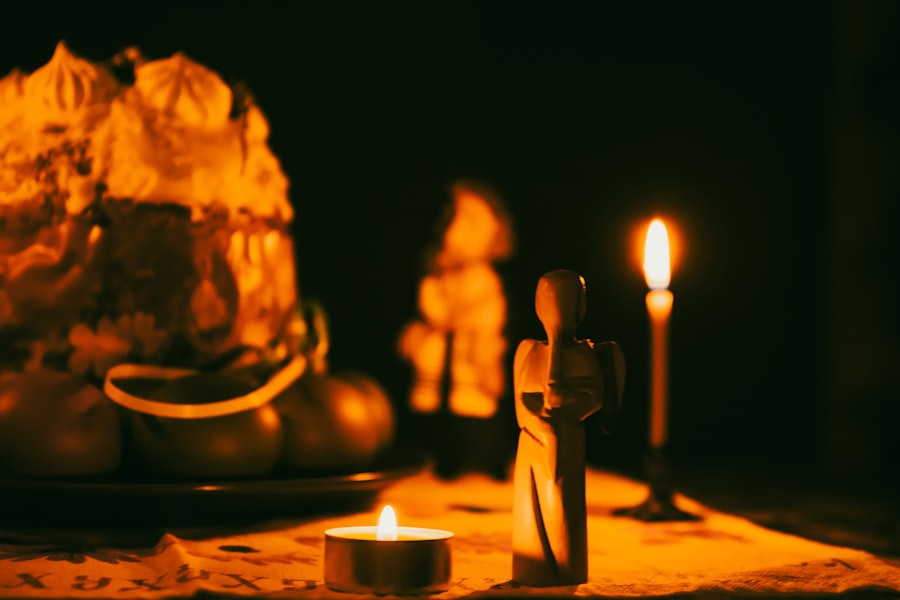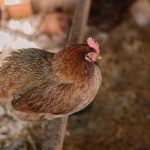Baby chickens, or chicks, require a warm and controlled environment for optimal growth and survival. Heat is crucial during their first few weeks of life, as it helps prevent hypothermia and associated health risks. A heat lamp or heating pad simulates the warmth typically provided by a mother hen, enabling chicks to regulate their body temperature effectively.
This warmth is essential for promoting healthy growth, stimulating appetite, and aiding digestion, which in turn facilitates proper nutrient absorption. Adequate heat is vital for the overall development of baby chickens. It helps reduce stress levels, making chicks less susceptible to diseases and allowing them to focus on growth.
Warmth also encourages activity and social behavior, contributing to their mental and emotional well-being. The heat source provides a sense of security, creating a safe and comfortable environment for the chicks. Understanding and implementing proper heating practices is crucial for anyone raising baby chickens, as it directly impacts their health, growth, and overall development.
Table of Contents
- 1 Determining the ideal temperature for baby chickens
- 2 Gradually reducing the heat for baby chickens
- 3 Monitoring the behavior and health of baby chickens
- 4 Transitioning baby chickens to living without a heat lamp
- 5 Considering environmental factors when raising baby chickens
- 6 Seeking professional advice for raising baby chickens under a heat lamp
- 7 FAQs
Key Takeaways
- Heat is crucial for the survival and growth of baby chickens, as they are unable to regulate their own body temperature.
- The ideal temperature for baby chickens is around 95 degrees Fahrenheit for the first week, with a gradual decrease of 5 degrees per week until they are fully feathered.
- It is important to gradually reduce the heat for baby chickens to encourage them to develop their own ability to regulate body temperature.
- Monitoring the behavior and health of baby chickens is essential to ensure they are thriving and not experiencing any negative effects from the heat or lack thereof.
- Transitioning baby chickens to living without a heat lamp should be done gradually and with careful observation to ensure they are adjusting well.
- Environmental factors such as humidity and drafts should be considered when raising baby chickens, as they can impact their ability to regulate body temperature.
- Seeking professional advice, such as from a veterinarian or experienced poultry farmer, can provide valuable guidance for raising baby chickens under a heat lamp.
Determining the ideal temperature for baby chickens
Temperature Requirements for the First Week
During the first week of their lives, chicks require a temperature of around 95 degrees Fahrenheit. This high temperature helps to mimic the warmth they would receive from their mother hen.
Gradual Temperature Reduction
As they grow older, the temperature can be gradually reduced by 5 degrees each week until they are fully feathered and able to regulate their own body temperature. It’s important to monitor the temperature regularly and make adjustments as needed to ensure that the chicks are comfortable and thriving.
Monitoring Behavior and Adjusting the Environment
In addition to monitoring the ambient temperature, it’s important to observe the behavior of the chicks. If they are huddled together under the heat source, they may be too cold, and if they are avoiding the heat source and panting, they may be too hot. Adjusting the height of the heat lamp or moving it to a different location can help create a more comfortable environment for the chicks. It’s also important to consider the size of the brooder and the number of chicks being raised, as this can affect the overall temperature within the space.
Gradually reducing the heat for baby chickens

As baby chickens grow and develop, it’s important to gradually reduce the heat provided to them. This gradual reduction helps them acclimate to lower temperatures and encourages them to develop their own ability to regulate their body temperature. By reducing the temperature by 5 degrees each week, chicks are given the opportunity to adjust to their changing environment without becoming stressed or uncomfortable.
This gradual process mimics the natural progression they would experience if they were being raised by a mother hen, allowing them to develop at a healthy pace. It’s important to monitor the behavior of the chicks during this transition period. If they are huddled together and chirping loudly, they may be too cold, and if they are avoiding the heat source and panting, they may be too hot.
Making small adjustments to the height or location of the heat source can help create a more comfortable environment for the chicks as they adjust to lower temperatures. Additionally, providing a draft-free environment and ensuring that the brooder is well-insulated can help maintain a consistent temperature for the growing chicks. Gradually reducing the heat for baby chickens requires patience and careful observation to ensure that they are thriving as they transition to living without a heat source.
Monitoring the behavior and health of baby chickens
Monitoring the behavior and health of baby chickens is essential for ensuring that they are thriving in their environment. By observing their behavior, such as eating, drinking, and socializing with other chicks, it’s possible to gauge their overall well-being. Additionally, paying attention to their physical appearance, such as bright eyes, smooth feathers, and active movement, can provide valuable insights into their health.
Any changes in behavior or appearance should be carefully noted and addressed promptly to prevent any potential health issues from escalating. Regular health checks should also be conducted to ensure that the chicks are growing and developing properly. This includes checking for signs of illness or injury, such as lethargy, labored breathing, or abnormal droppings.
Providing a clean and hygienic environment is also crucial for preventing diseases and promoting good health in baby chickens. Regularly cleaning the brooder, providing fresh bedding, and ensuring access to clean water and nutritious food are all important factors in maintaining the health of baby chickens. Monitoring the behavior and health of baby chickens requires diligence and attention to detail to ensure that they are thriving in their environment.
Transitioning baby chickens to living without a heat lamp
Transitioning baby chickens to living without a heat lamp is an important milestone in their development. As they grow older and develop feathers, they become better equipped to regulate their own body temperature. This transition typically occurs around 6-8 weeks of age when they are fully feathered and able to maintain their body heat without external assistance.
It’s important to gradually reduce the heat provided to them over time to allow them to acclimate to lower temperatures and develop their natural ability to stay warm. During this transition period, it’s important to monitor the behavior of the chicks closely. If they are huddled together or showing signs of distress, it may be necessary to provide additional warmth until they are fully ready to live without a heat source.
Providing a draft-free environment and ensuring that the brooder is well-insulated can help maintain a consistent temperature for the growing chicks as they transition to living without a heat lamp. Additionally, providing plenty of space for them to move around and socialize can help them stay active and warm without relying on external heat sources. Transitioning baby chickens to living without a heat lamp requires patience and careful observation to ensure that they are ready for this important step in their development.
Considering environmental factors when raising baby chickens

Hygiene and Cleanliness
Providing a clean and hygienic environment is crucial for preventing diseases and promoting good health in baby chickens. Regularly cleaning the brooder, providing fresh bedding, and ensuring access to clean water and nutritious food are all important factors in maintaining the health of baby chickens.
Ventilation and Space
Additionally, providing adequate ventilation while maintaining a draft-free environment can help regulate humidity levels and prevent respiratory issues in chicks. The size of the brooder and the number of chicks being raised can also impact their environment. Overcrowding can lead to stress and aggression among chicks, so it’s important to provide enough space for them to move around comfortably.
Insulation and Protection
Ensuring that the brooder is well-insulated can help maintain a consistent temperature for the growing chicks while also protecting them from drafts and predators. Considering environmental factors when raising baby chickens requires careful planning and attention to detail to ensure that they are thriving in their environment.
Seeking professional advice for raising baby chickens under a heat lamp
Raising baby chickens under a heat lamp requires careful attention to detail and a thorough understanding of their needs. Seeking professional advice from experienced poultry farmers or veterinarians can provide valuable insights into best practices for raising healthy and happy chicks. Professional advice can help address any concerns or challenges that may arise during the process of raising baby chickens under a heat lamp.
Additionally, joining online forums or local poultry groups can provide access to a community of experienced chicken owners who can offer support and guidance. These resources can provide valuable information on topics such as brooder setup, heat lamp maintenance, feeding schedules, and health care tips for baby chickens. Seeking professional advice for raising baby chickens under a heat lamp can help ensure that they receive the best possible care and support as they grow and develop.
In conclusion, raising baby chickens under a heat lamp requires careful attention to their needs and well-being. Understanding the importance of heat for baby chickens is crucial for creating a nurturing environment that promotes healthy growth and development. Determining the ideal temperature for baby chickens, gradually reducing the heat as they grow, monitoring their behavior and health, transitioning them to living without a heat lamp, considering environmental factors, and seeking professional advice are all important aspects of raising healthy and happy chicks under a heat lamp.
With proper care and attention, baby chickens can thrive in their environment and grow into strong and resilient adult birds.
If you’re considering raising baby chickens, you may also be interested in learning about how long it takes for chicken eggs to hatch naturally. This article provides valuable information on the incubation process and what to expect when hatching your own chicks. Understanding the entire lifecycle of chickens can help you make informed decisions about their care and well-being.
FAQs
How long do baby chickens need a heat lamp?
Baby chickens typically need a heat lamp for the first 6 weeks of their life. This is to mimic the warmth they would receive from a mother hen.
What temperature should the heat lamp be for baby chickens?
The temperature under the heat lamp should be around 95 degrees Fahrenheit for the first week, and then decreased by 5 degrees each week until the chicks are fully feathered.
Do baby chickens need the heat lamp at night?
Yes, baby chickens still need the heat lamp at night, as they are not able to regulate their body temperature effectively until they are fully feathered.
What are the signs that baby chickens no longer need the heat lamp?
When baby chickens are fully feathered and are able to maintain their body temperature without huddling under the heat lamp, it is safe to remove the heat source.
Can baby chickens be kept outside without a heat lamp?
It is not recommended to keep baby chickens outside without a heat lamp until they are fully feathered and able to regulate their body temperature.
Meet Walter, the feathered-friend fanatic of Florida! Nestled in the sunshine state, Walter struts through life with his feathered companions, clucking his way to happiness. With a coop that’s fancier than a five-star hotel, he’s the Don Juan of the chicken world. When he’s not teaching his hens to do the cha-cha, you’ll find him in a heated debate with his prized rooster, Sir Clucks-a-Lot. Walter’s poultry passion is no yolk; he’s the sunny-side-up guy you never knew you needed in your flock of friends!







